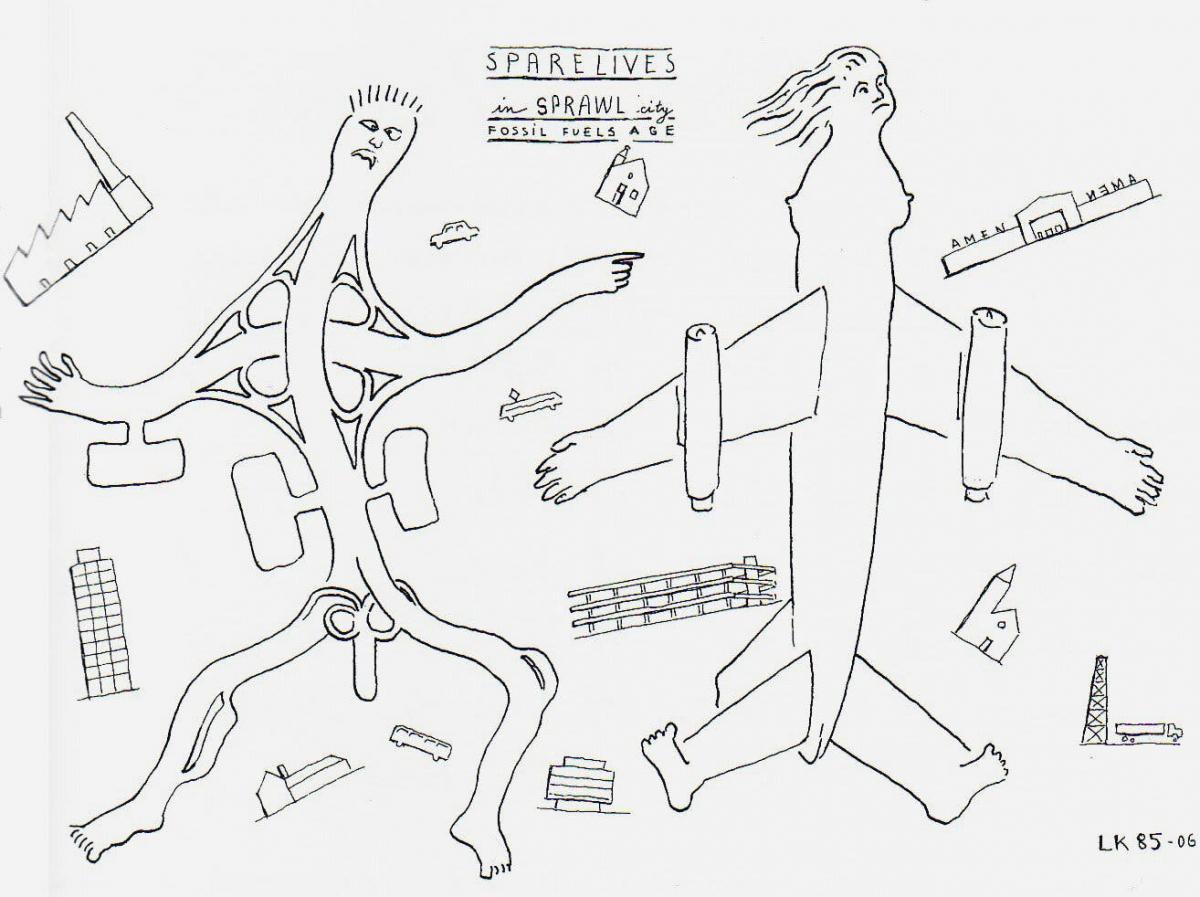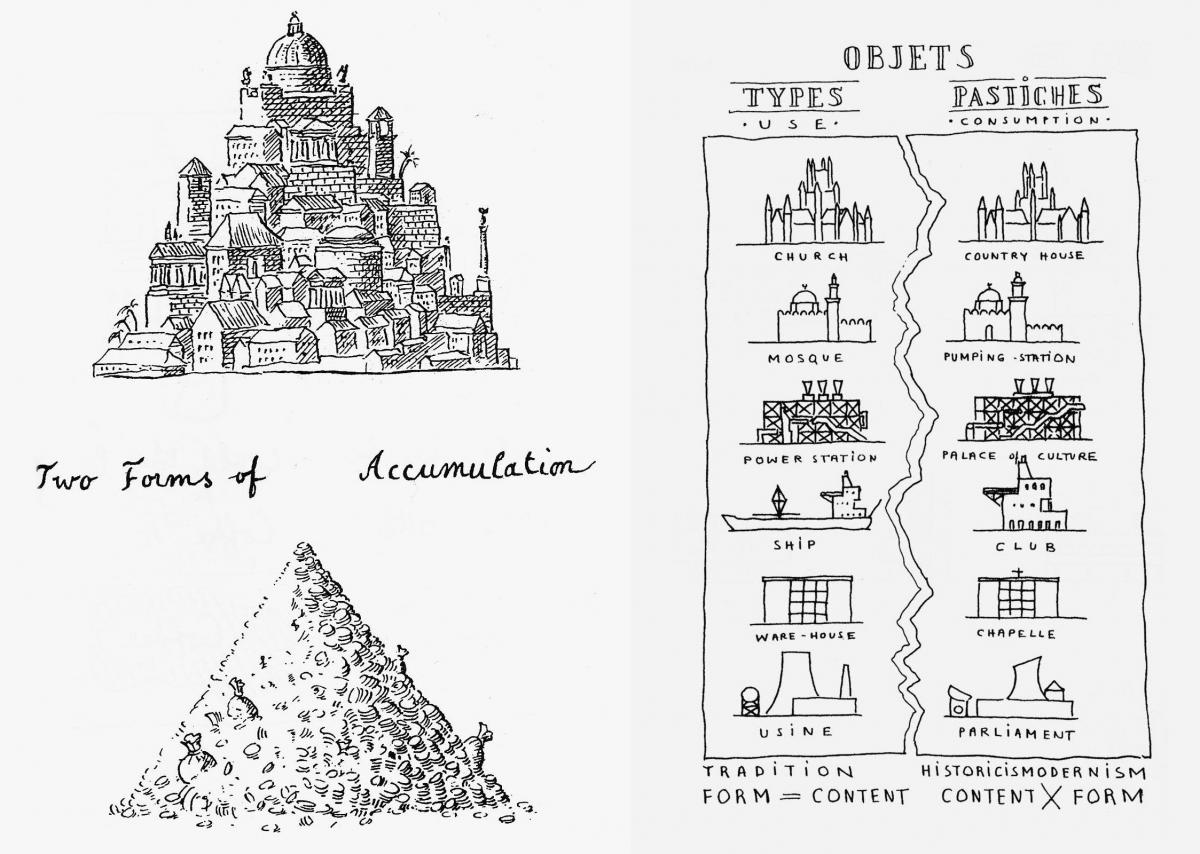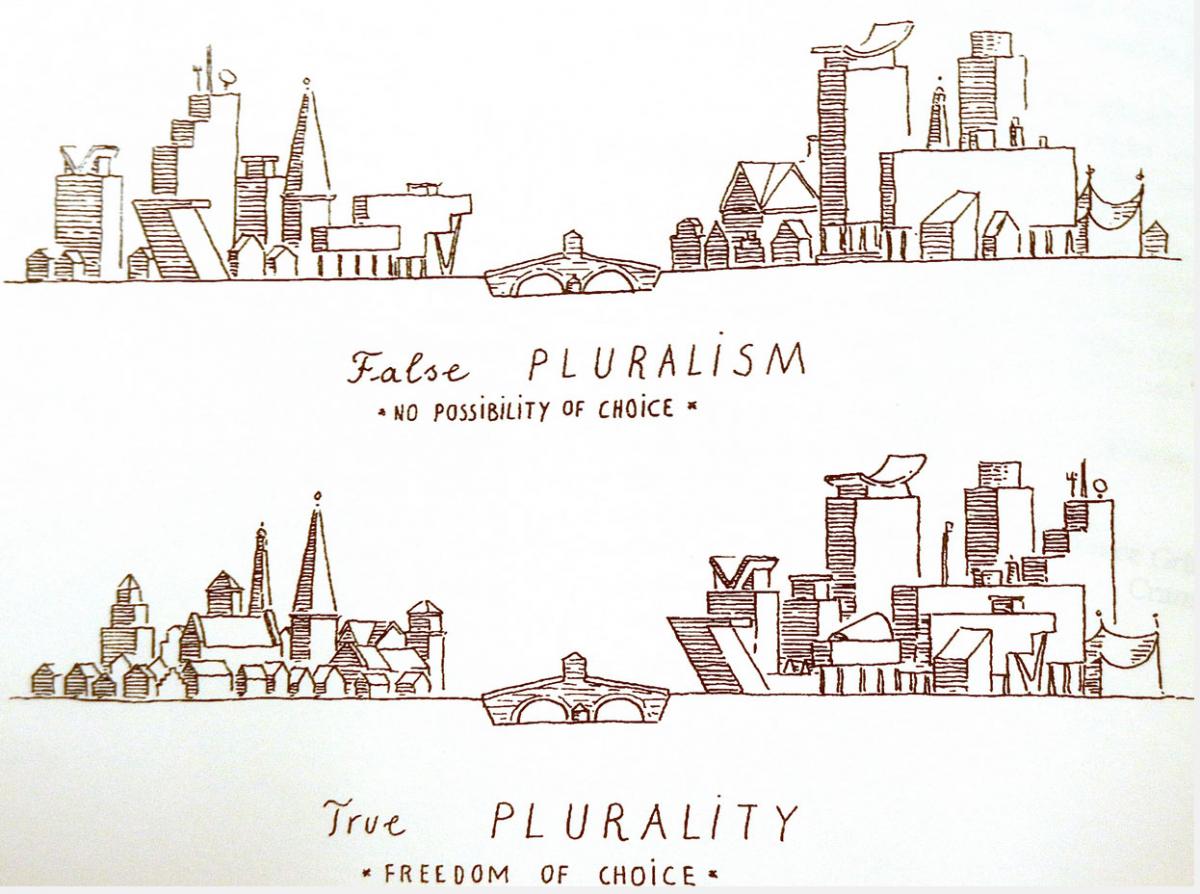A gentle genius
It has been more than a week since we posted a notice of Leon Krier's passing. CNU was closed last week following the Congress, but we wanted to get a response out quickly to our members and audience, as he was such an important part of the New Urbanism movement. Since then, The Times of London and The New York Times have published extended obituaries.
He was a genius who had an impact on the world. As the NYT reported, he inspired Elizabeth Plater-Zyberk and Andres Duany to leave the modernist architecture firm Arquitectonica to launch a town planning firm. They were among the founders of CNU, and the rest is history.
As we reported last week, Krier was the inaugural recipient (with Christopher Alexander) of the CNU Athena Medal. Krier was also the first winner in 2003 of the Driehaus Prize, which came with a $100,000 award, the same as the Pritzker Prize at the time. The Driehaus Prize, funded by the late Chicago billionaire Richard Driehaus, was established as an alternative to the Pritzkers. The jury wanted to award the first prize to the architect who most significantly revived classical architecture as a serious topic of discussion worldwide. Thomas Fisher, a member of a jury, and then Dean of the University of Minnesota School of Architecture, noted at the time: “It is harder to think of anybody who has had a bigger impact than Krier.”
Andres Duany forwarded a tribute to me yesterday, poetic in its distilled language:
L-K 1946-2025: Epitaph for a Gentle Hero
The structure of civilization has lost both a pillar and a buttress—the one, Krier, a brave, brilliant, powerful, architect; the other Leo, a warm, funny, generous, friend and mentor.
Krier chose to deflect the course of western culture. His legacy and strategy are now imperishable in the archives at the University of Notre Dame. Poundbury as built, has proven triumphant over its critics. The CNU has held Congress XXXIII, thrice the number of its CIAM nemesis. Finally, Krier’s epic struggle with the genius of Le Corbusier is complete for publication.
Leo then confronts a stage-four diagnosis and the dismal twilight of the clinic.
Krier and Leo know they have done enough. They climb the stone precipice that is Palma Cathedral, pausing at the summit, there to salute the wine-dark sea.
Bravo, Leon Krier! Bravissimo!
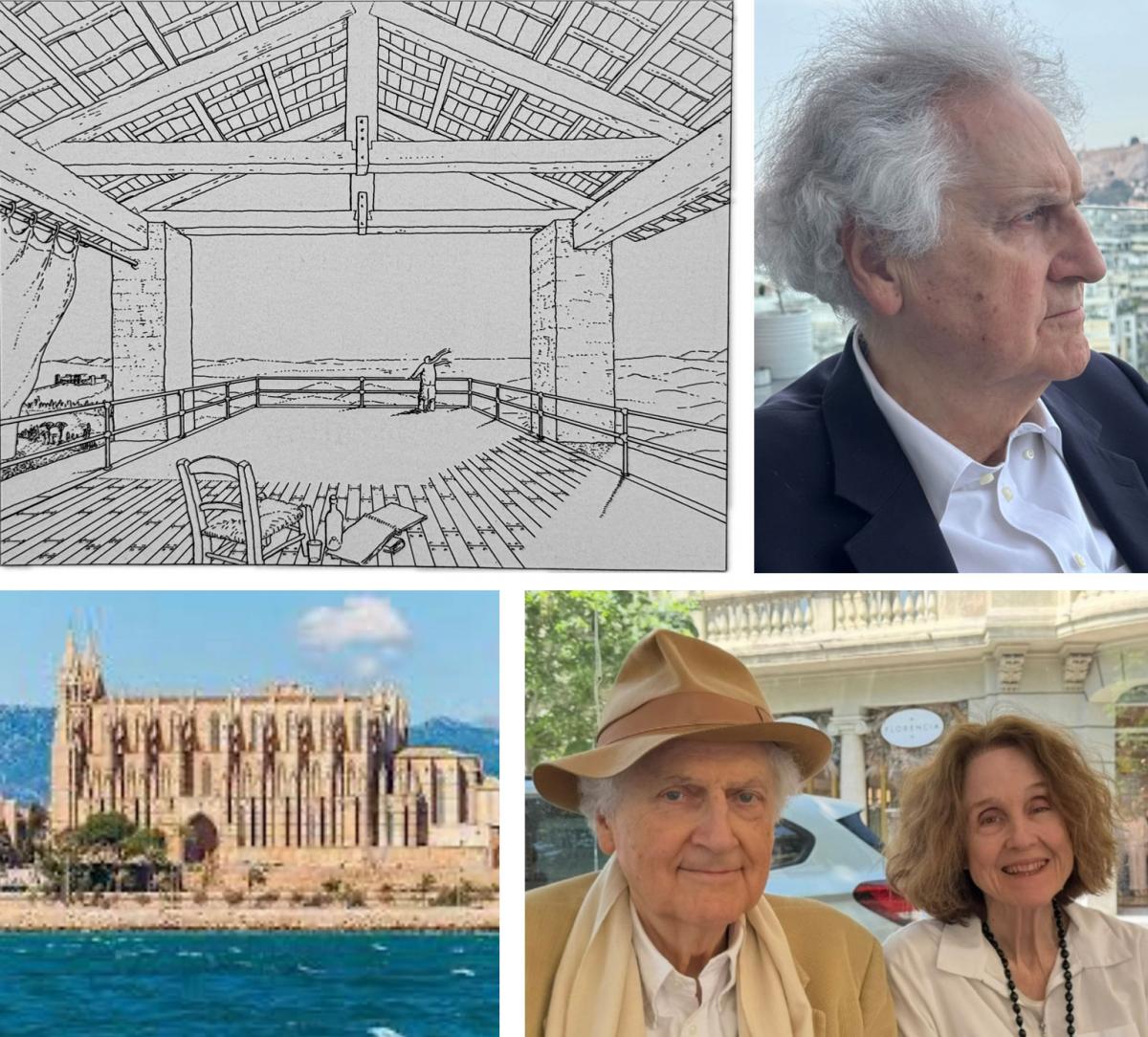
Most of the published obituaries, including the Times of London and the NYT, focused on Krier’s work designing the new urban town of Poundbury, where his client was Prince Charles, later to become King Charles III. Equally important is the Charter Winner Cayala in Guatemala City, which he master-planned. Krier’s architecture was given less attention. David Brussat called it a “mixture of classicism and Art Deco.” Whether that description is exactly right, I don’t know, but Krier’s style was unique. Below are photos of the Krier-designed Jorge M. Perez Architecture Center at the University of Miami.
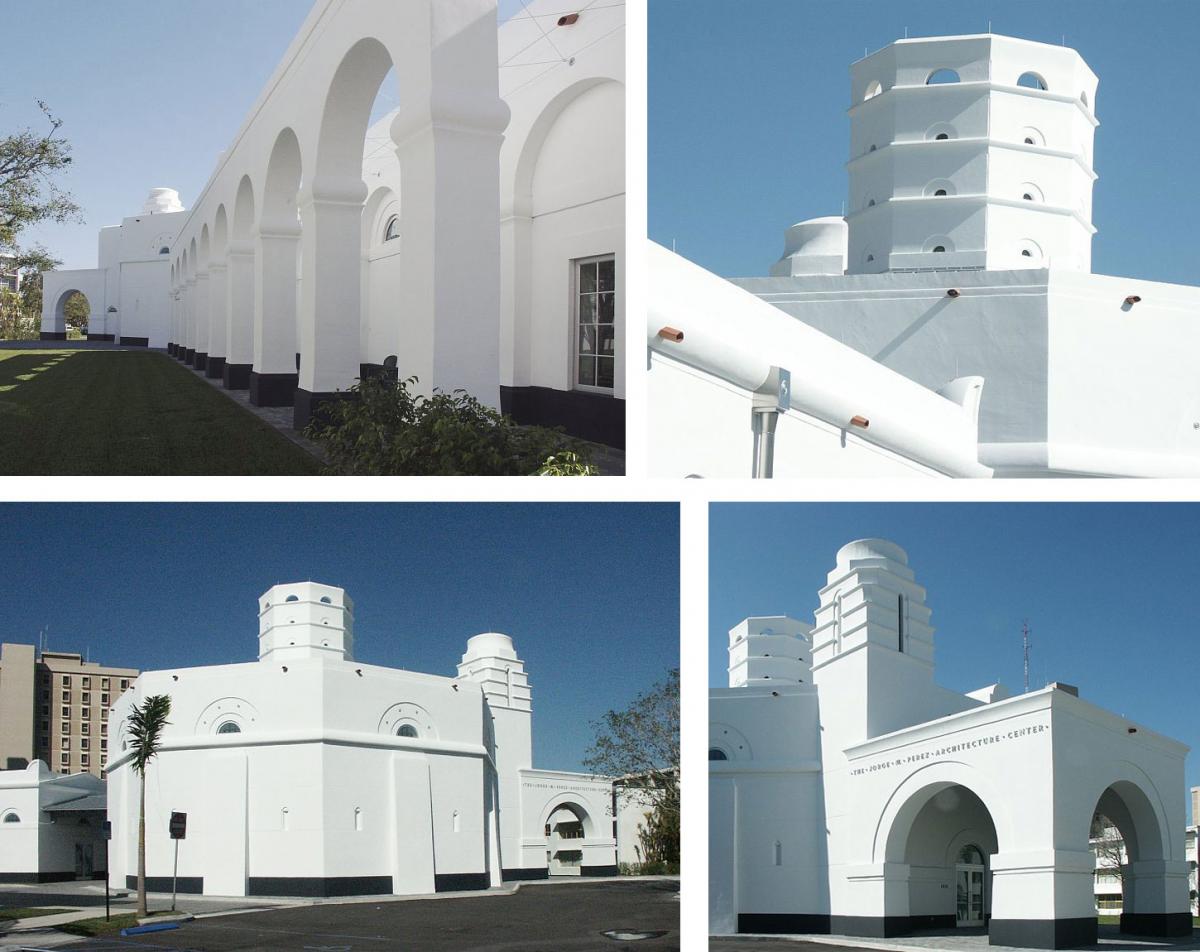
In emails, many stories were told about Krier by those who knew him. Krier was known for his outfits that always included scarves—even on hot days. He also never shied from controversy, demonstrated most dramatically by a 1985 book on Albert Speer’s architecture, which Krier said cost him work. Matthew Bell, professor of architecture at the University of Maryland, recalled: “giving a lecture at Maryland, he said that many people had been calling him a Nazi because of the Speer book (a silly accusation) and he said, “Well, would a Nazi dress like this?”
Author and Georgia Tech Architecture Professor Ellen Dunham-Jones recalled: “In the late 80s, I got to join the faculty dinner with Leon after an excellent lecture at UVA. Jacque Robertson was Dean and orchestrated the dinner at a stylish, fine restaurant where Leon commented that the good looking, thin wait staff all dressed in black ‘zoomed around and skirted each other like sharks.’ He never looked at the menu and when the ‘shark’ asked him what he’d like, he said ‘Hamburger.’ Jacque was horrified and tried to suggest something ‘finer.’ But Leon said ‘If I want boeuf bourguignon, I’ll have it in France. When I come to the States, I prefer hamburger!’ ”
He was one of a kind. Architect and urbanist John Torti said: “He made the world a better place and his ideas will continue to teach us for generations to come!”
The photo at the top, by Robert Chapman in 2020, is how many new urbanists will remember him: impeccably dressed on a tour of Seaside, where he made an impact. The walkways in the center of the blocks were his idea (called Krier Walks), and he designed one of the most distinguished Seaside houses, shown below at right.
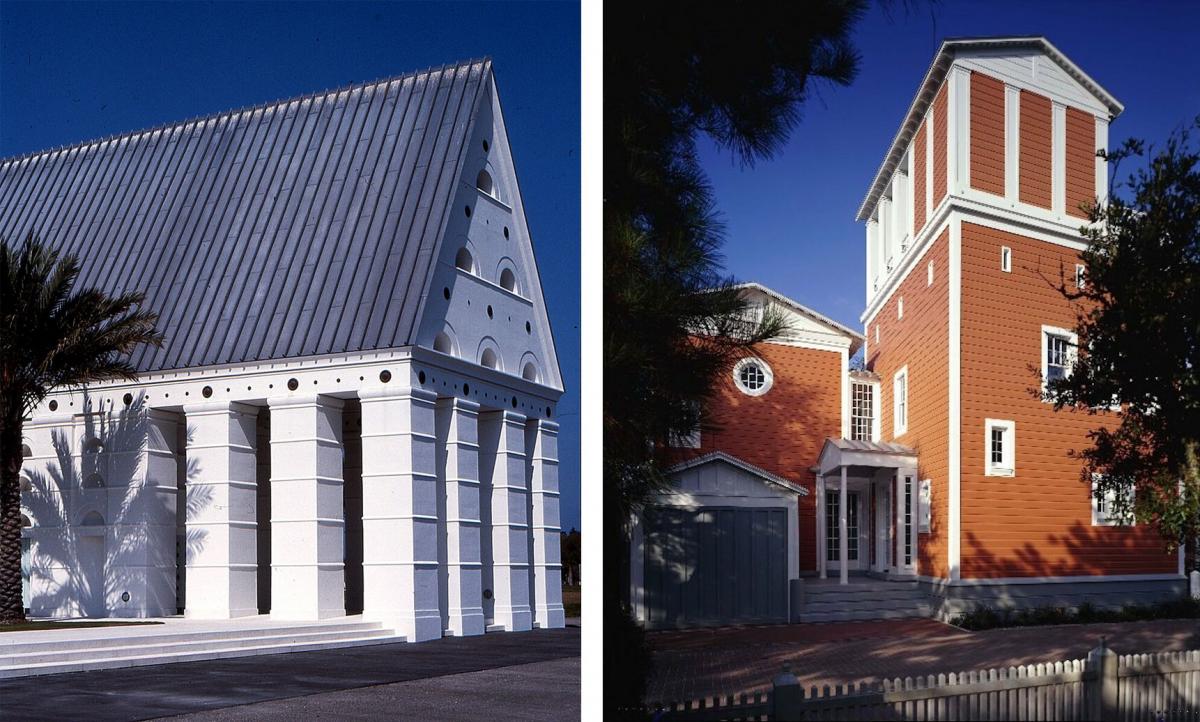
I will close with a few of Krier's drawings, which are as unique as his designs and personality.
